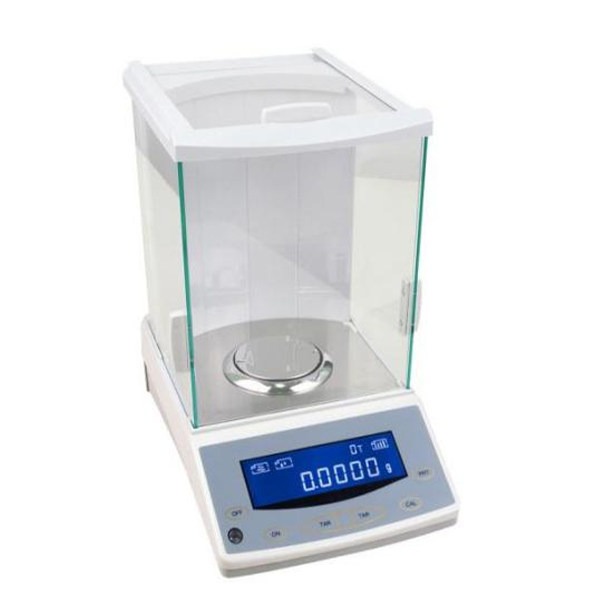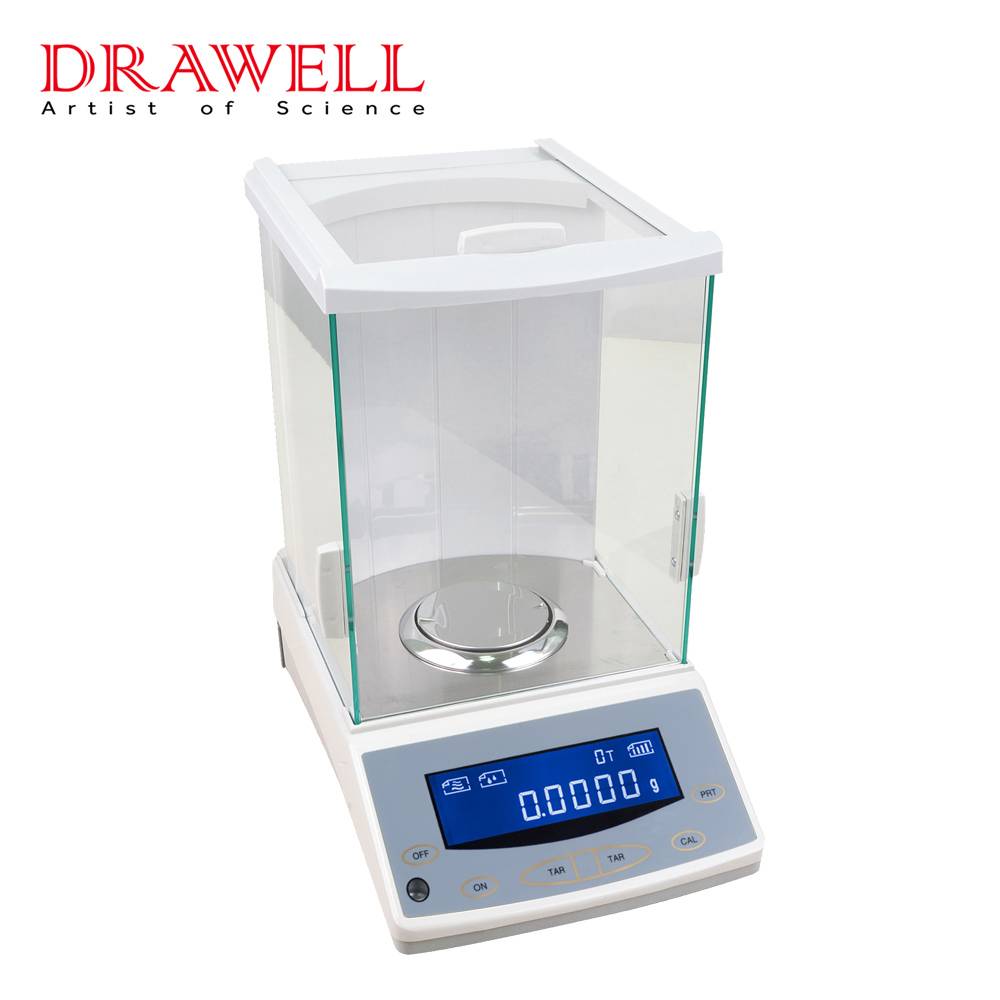What are the reasons for inaccurate weighing of laboratory analytical balance? Here, we introduce three main reasons.
1. The Analytical Balance Has Not Been Calibrated Before the Use
Before using an analytical balance, first, confirm whether its correctness is qualified, otherwise, the accuracy of the balance can not be guaranteed. The analytical balance shall be calibrated regularly from the first use. The balance used continuously is calibrated about once a week. The calibration shall be carried out according to the specified procedure and the standard weight must be used for calibration, otherwise, it will not play the role of calibration.
2. Incorrect Installation of Analytical Balance
When installing the analytical balance, it is necessary to select a room that is dust-proof, moisture-proof, shock-proof, wind-proof, sun-proof and thermostatic as the balance room.
Secondly, the balance should be placed on a firm and reliable workbench, and the appropriate position should be selected. Before the installation of the balance, the balance shall be checked according to the packing list to see if all parts are complete and intact, and all parts of the balance shall be carefully cleaned.

3. Physical Factors of Environmental and Sample on Analytical Balance
After installation, check whether the installation of each part is normal again, then check whether the power supply voltage meets the requirements of the balance and open the balance to check whether it is normal.
In the process of weighing with analytical balance, physical environmental factors, such as temperature, sample volatilization, moisture absorption, magnetic force, static electricity, etc, will interfere with the weighing results,
a. Influence of temperature change on the analytical balance
If the display value is found to drift in one direction during the weighing process, it may be the effect of temperature change. If there is a temperature difference between the sample and the surrounding environment, this temperature difference will cause airflow along the weighing container.
The air flowing along the outer side of the container produces an upward force, which leads to an error in the weighing result. The weight of the sample is lighter than the actual weight under dynamic buoyancy. This effect will not end until the temperature balance is formed. When the sample is taken out of the drying oven or refrigerator, it can be weighed only when the sample temperature is consistent with the temperature of the laboratory or weighing room.
The sample should be placed in the peeled container with the smallest surface area. The weighing container should be taken and placed with gloves as far as possible, and the weighing container shall not be put into the weighing room by hand.
b.Influence of moisture absorption or volatilization of Sample on the analytical balance
If the value continuously drifts in one direction during the weighing process, the volatile or hygroscopic sample may be measured. If the sample has strong hygroscopicity, its weight will increase. If the measured sample is volatile, the weight will be reduced. For hygroscopic or volatile samples, a thin neck container can be used. The container can be capped or plugged in. A clean and dry weighing container can be used, and the weighing plate can be kept free of dust, pollutants, and water droplets.
c. Influence of sample or container with static electricity on the analytical balance
If each weighing shows different weighing results or the displayed values are unstable, or the repeatability of the weighing results is poor, it may be considered that the weighing container or sample has static electricity. The impact of static electricity will make the weighing container display different weights during each weighing, and the repeatability of the results is very poor.
Materials with high insulation, such as glass and plastic weighing containers, are easy to carry static electricity.
This electrification phenomenon is mainly caused by the stirring or friction of the sample or container during the transportation process. Once electrified, the removal of the charge will be very slow, and the probability of static electricity in the sample or container in dry air with a relative humidity lower than 40% will increase.
Generally, open the humidifier or properly adjust the air conditioning system to increase the air humidity and place the weighing container in the metal container for weighing. Try to ground the analytical balance to remove or shield the static electricity on the weighing sample.
Summary
It can be summarized into three reasons for inaccurate weighing, which include the analytical balance is not calibrated, factors of the environment and sample, and improper operation.

